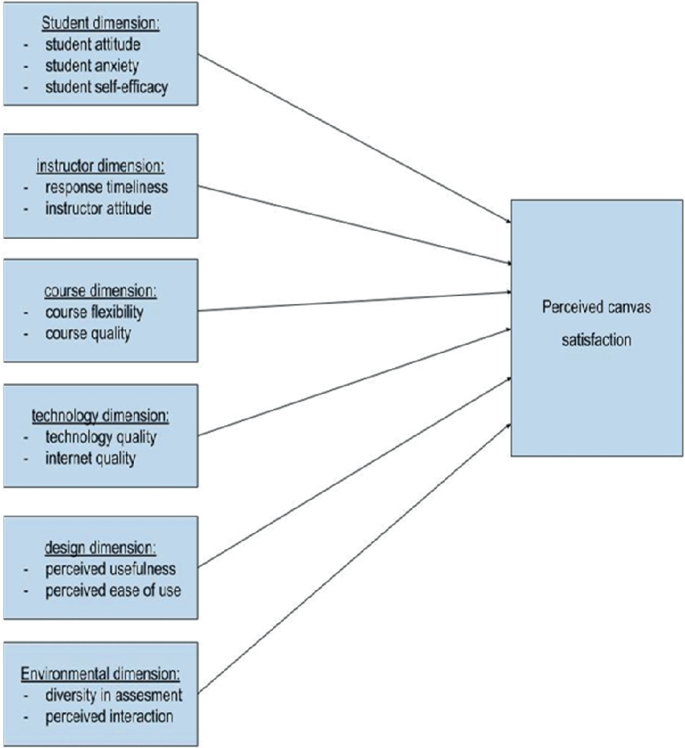


High-achieving students are more likely to extend ties to other high-achieving students, net of other sociodemographic, network, and proximity characteristics, while low-achieving students are more likely to extend ties to other low-achieving students. Results show that in the most typical American schools, similarity in academic achievement is an important and consistent predictor of friendship ties in a dynamic context. This model is carried out at the school level for each of the high schools included in the saturated sample. These observations prompt the question: How does academic achievement affect the friendship ties made? Using data from the high schools in the Add Health saturated sample, the author models network change using a stochastic actor-based Markov model for the co-evolution of networks and behavior. As a result, the friends adolescents make may help to maintain and exacerbate inequality if friends are sorted on the basis of academic achievement. Many scholars have tackled this topic in various ways, but this study looks at subject-specific teacher bias, which manifests itself in terms of teacher perceptions and beliefs of student ability in math and English. They provide support and resources and can both encourage and discourage academic achievement. A recent study in the Social Science Research journal investigated teacher bias and its profound effects on student achievement. Friends play an important role in the educational process.

Scott Winstead, founder of My eLearning World, argues development of these social skills is more important long-term for preschool-age children than focusing on learning academic facts.Academic achievement in adolescence is a key determinant of future educational and occupational success. “Sharing, standing in a line, sitting and listening to a story, not fighting-kids are going into kindergarten without those skills,” she says. Freeling shares that she’s noticed many of the basics of group socialization are lacking. “What I’m seeing in the past two years is that the four-year-old I work with have had almost no social education,” says Rebecah Freeling, a child behavior expert and parent coach at Wits’ End Parenting®. According to a McKinsey & Company® report, the educational disruptions caused by the COVID-19 pandemic, including online learning, school closures and teacher shortages, have also had an effect on test scores and other educational outcomes. These gaps have persisted historically, and the turbulence of recent years likely isn’t helping.

What is the achievement gap?Īccording to the National Assessment of Educational Progress, an achievement gap occurs when “one group of students (e.g., students grouped by race/ethnicity, gender) outperforms another group, and the difference in average scores for the two groups is statistically significant.” 1 While achievement differences between demographics are often in the spotlight, there can also be gaps between students with disabilities and those without, English language learners and native English speakers, and gaps between socioeconomic strata.Įvidence for the achievement gap is most commonly found in dropout rates, test scores, college enrollment rates and other measurements of success in schools. In this article, we’ll dive further into the achievement gap, who it affects and how initiatives like providing universal pre-k can play a role in closing this gap. While the solution to this problem is complex and likely to require a multi-pronged approach to be truly effective, promoting high-quality early childhood education is certainly in that mix. This stark difference in educational outcomes is sometimes referred to broadly as “the achievement gap.” Knowing this gap exists is a launching point for a lot of research and discussion on what can be done to close the achievement gap. Some school districts regularly produce high-achieving students who have several hours of college-level course credits to their name by graduation, while others have cause for celebration when fifty percent of the class is proficient at reading. It’s well-established that there can be a lot of variance in educational outcomes for students across the country.


 0 kommentar(er)
0 kommentar(er)
